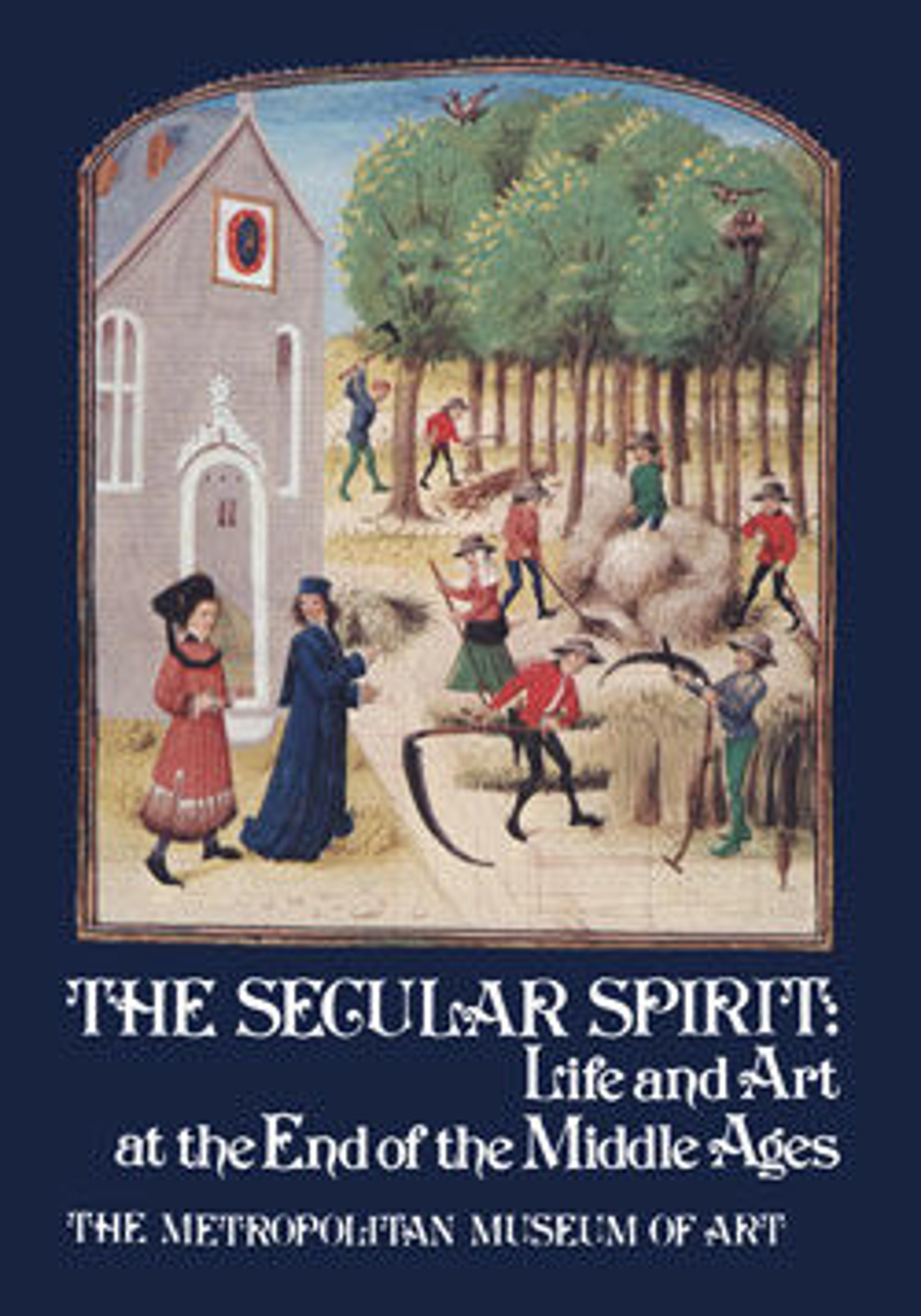Double Key
The decoration of Gothic iron locks and keys was often elaborate and of the highest standard of workmanship. The motifs were frequently drawn from Gothic architecture, reproducing on a miniature scale complicated tracery patterns and even tiny statuettes. A number of these tiny locks were compound, with some of the mechanisms concealed from view, and required two or even three keys used in sequence to open them. It has been suggested that the greatly expanded use of locks on doors, or coffrets and other types of storage chests was a result of the increasing urbanization of life and the new emphasis on material wealth and private ownership which developed in the late Middle Ages.
Artwork Details
- Title: Double Key
- Date: 15th–16th century
- Culture: European
- Medium: Iron
- Dimensions: Overall (closed): 1 3/16 x 3 3/8 x 13/16 in. (3 x 8.5 x 2.1 cm)
Overall (fully extended): 5 1/4 x 1 3/16 x 13/16 in. (13.3 x 3 x 2.1 cm) - Classification: Metalwork-Iron
- Credit Line: The Cloisters Collection, 1955
- Object Number: 55.61.44
- Curatorial Department: Medieval Art and The Cloisters
More Artwork
Research Resources
The Met provides unparalleled resources for research and welcomes an international community of students and scholars. The Met's Open Access API is where creators and researchers can connect to the The Met collection. Open Access data and public domain images are available for unrestricted commercial and noncommercial use without permission or fee.
To request images under copyright and other restrictions, please use this Image Request form.
Feedback
We continue to research and examine historical and cultural context for objects in The Met collection. If you have comments or questions about this object record, please contact us using the form below. The Museum looks forward to receiving your comments.
